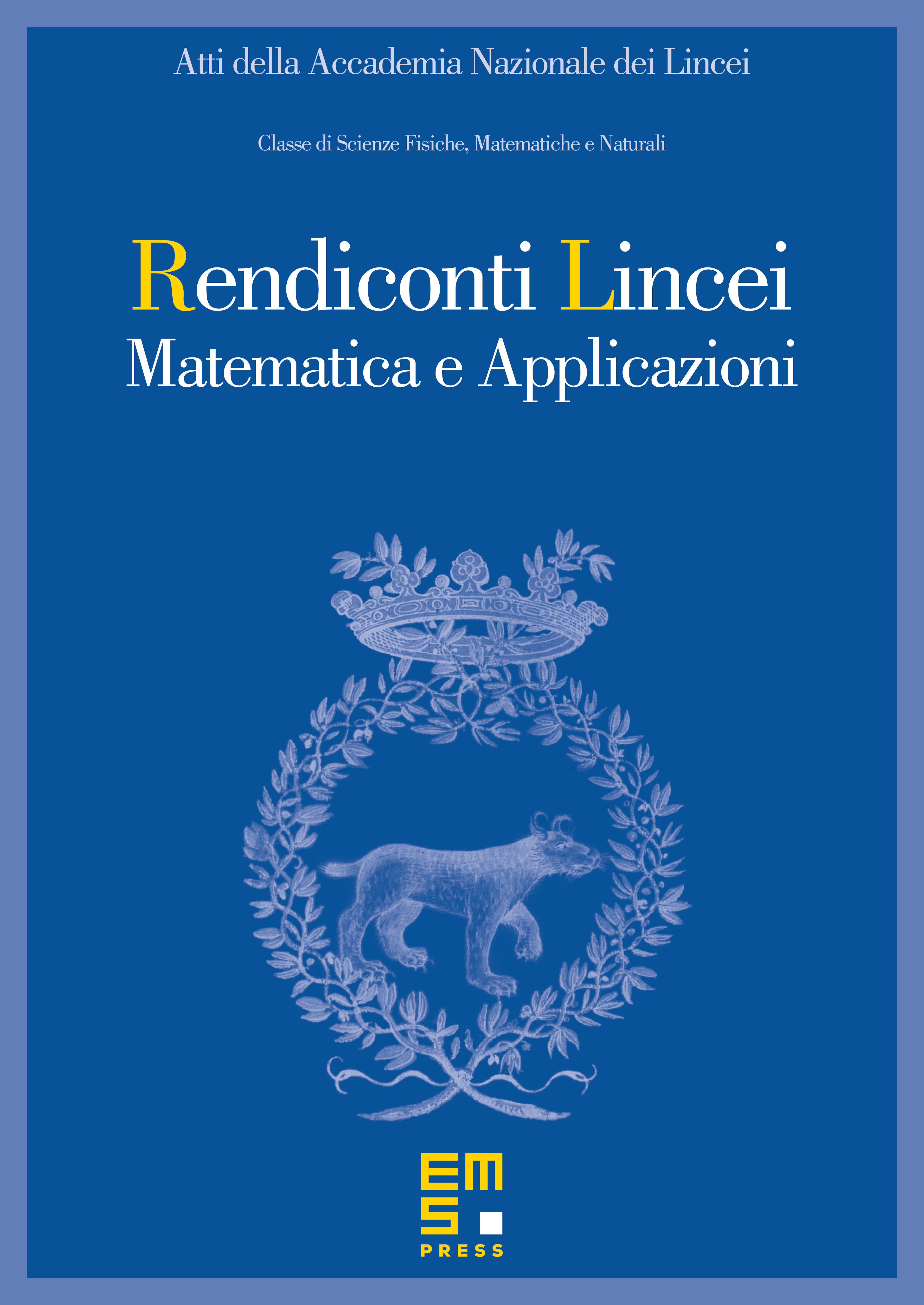Twist and non-twist regimes of the oblate planet problem
Alessandra Celletti
Università di Roma 'Tor Vergata‘, Roma, ItalyFabrizio Paita
Università di Roma 'Tor Vergata‘, Roma, ItalyGiuseppe Pucacco
Università di Roma 'Tor Vergata‘, Roma, Italy

Abstract
We consider the dynamics of a point-mass object, e.g. a small satellite, around a primary rigid body, e.g. a planet. We assume that the planet is oblate and axially symmetric with respect to the vertical axis. Revisiting a procedure described in [19], we make use of the first integrals (the energy and the projection of the angular momentum on the vertical axis), so to reduce the problem to the study of a one-dimensional, time-dependent Hamiltonian system. Such Hamiltonian depends upon control parameters, which represent the coefficients of the zonal terms of the gravitational potential. We provide the explicit expressions of the most relevant terms of the expansion of the potential in spherical harmonics. Averaging over the fast angles one obtains a one-dimensional system. A Poincare´ map of such Hamiltonian is also introduced. We discuss the conditions under which the Hamiltonian (or the mapping) satisfies the twist condition, which is needed in KAM theory to ensure the existence of rotational invariant surfaces. A qualitative description of the dynamics in the twist and non-twist regimes is performed; it is based on the analysis of the equilibrium solutions and on the occurrence of bifurcations as the parameters are varied.
Cite this article
Alessandra Celletti, Fabrizio Paita, Giuseppe Pucacco, Twist and non-twist regimes of the oblate planet problem. Atti Accad. Naz. Lincei Cl. Sci. Fis. Mat. Natur. 28 (2017), no. 3, pp. 535–552
DOI 10.4171/RLM/775